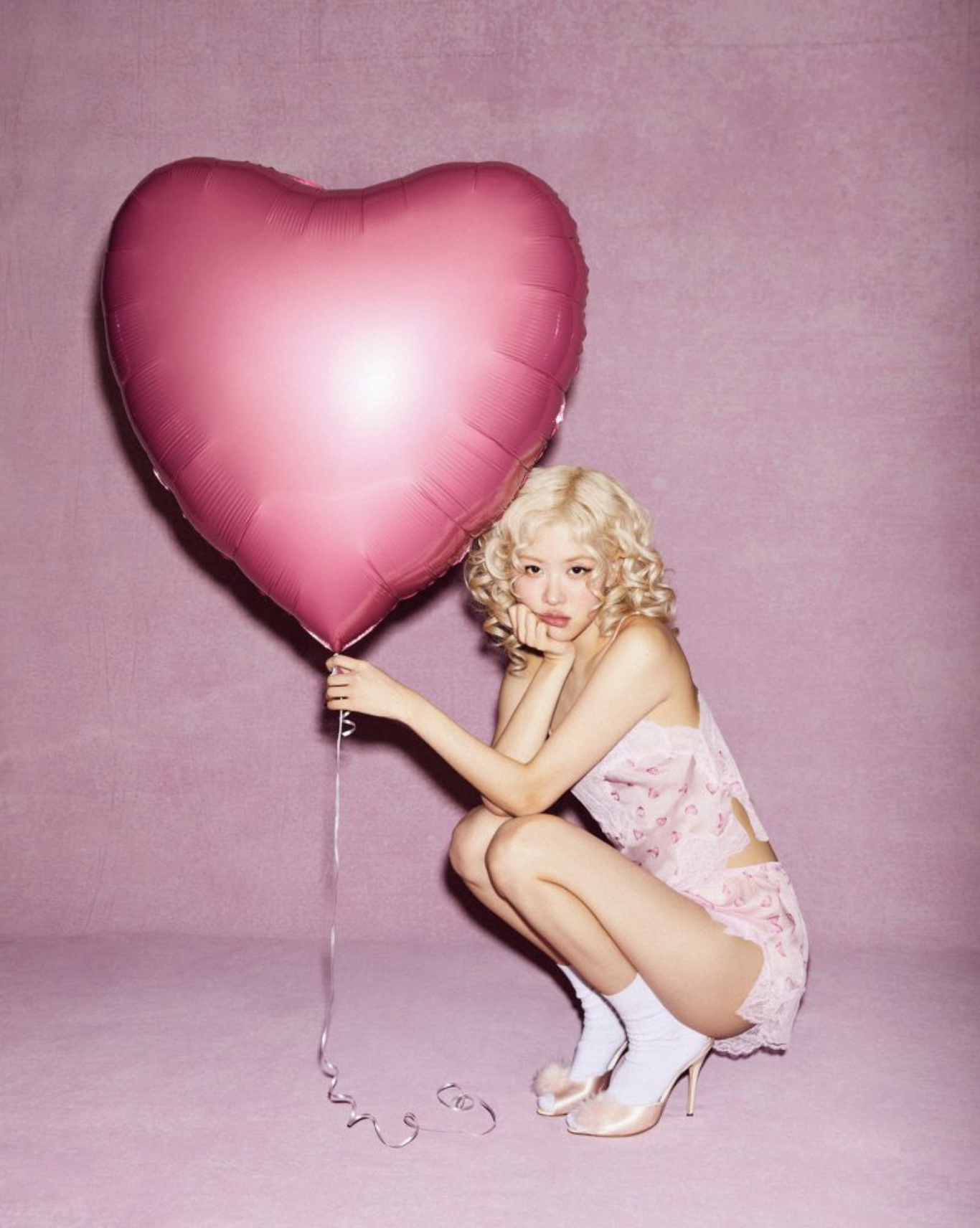Victoria's Secret 2025 Very Sexy Campaign with Candice, Devyn and Imaan
/Candice Swanepoel, Devyn Garcia and Imaan Hammam front the new Victoria’s Secret [IG] 2025 Very Sexy Campaign. As sexy comes roaring back — as always happens — photographer Yulia Gorbachenko [IG] turns her woman-friendly lens on three of the hottest women riding the VS carousel.
Celia Azoulay styles the campaign with strong woman props and a smoldering color palette with shades of black, burgandy, fuchsia and plum.
Riding the VS Business Carousel
I say carousel, because Victoria’s Secret has spun around its constantly changing redefinition project two full twirls since Ed Razek resigned in August 2019. I don’t know a successful brand who has run a bulldozer through its business twice in five years and survived. But CEO Hillary Super is highly-qualified and up for the balancing act.
Several financial analysts are supporting her, but when you have demands from key investors — and they make a lot of sense — you have a serious problem.
The two key investors are BBRC International, the investment firm of Australian billionaire Brett Blundy, who owns about 13% of Victoria’s Secret. The second is Barington Capital, led by CEO James Mitarotonda, a New York-based hedge fund with a smaller stake of about 1%. The situation requires its own financial post, lest we annoy readers with a long list of complaints and demands delivered by her investors to VS CEO Super.
The new Very Sexy bra collection offers five distinct lift levels. The original Push-Up adds a cup size and the Bombshell conjures up ample speculation. It wouldn’t be so bad that people are wondering if you’ve paid a visit to Kylie Jenner’s Beverly Hills-based breast augmentation plastic surgeon Dr. Garth Fisher.
Kylie is thrilled but you have a chance to take your precious assets on a trial run for a month or two. The Very Sexy bra collection delivers high-performance confidence that va-va-voom is hiding in your DNA.
If you want a break from your bombshells, The Lightly Lined Demi keeps excess volume looking natural, while the So Obsessed Wireless delivers comfort with lift.
Wait up. We forgot the unlined demi. It’s called options, ladies. And Victoria’s Secret delivers.
As for Devyn Garcia, can AOC say that Devyn looks divine? Sorry, not sorry. Garcia Garcia looks great.









































